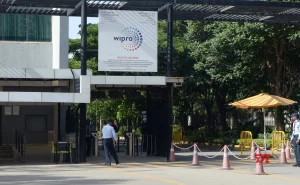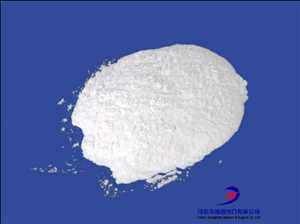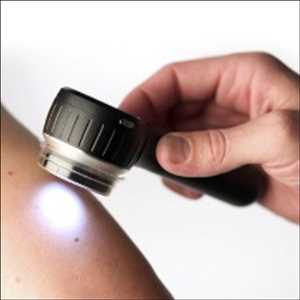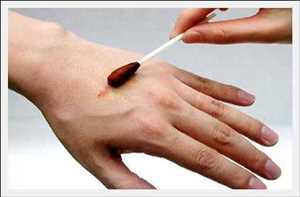Reportedly, bone marrow contains biological mechanisms that create billions of fresh blood cells every day. The non-blood cells that carry this production also possess the capability of producing fat, bone, and cartilage. This production starts from stem cells that have the capability to separate into various types of cells. The knowledge of the genes that manage this differentiation and the pathways that cells choose while going to their final, differentiated types is significant since disruption of this process is connected to diseases like cancer, obesity, osteoporosis, tooth loss, and aging. The study of cell differentiation is challenging, as bone marrow is a complex combination of cells in small niches and with unknown connections. The research was published in the journal Cell Reports.
Robert Welner—Assistant Professor at the UAB (University of Alabama at Birmingham)—has mapped different bone marrow niche populations with their differentiation paths. The potential research tool used was single-cell RNA sequencing that found mRNA transcripts from bone marrow genes of the non-hematopoietic system. According to Welner, “The single-cell RNA sequencing gene profiles generated a real-time portrayal of dynamic processes linked with fate choices in the bone marrow microenvironment.” The researchers expect their study will help in providing a better understanding of transcriptional systems that controls cell differentiation of bone marrow microenvironment cells.
Recently, the UAB was in news as its scientists attempted to prove the significance of blood thinners following hospitalization. The study was published in the journal Public Library of Science and discovered that extending the time period of blood thinners in a patient’s after discharge persisted to prevent blood clots, as well as fatal ones. The blood clots in lungs and leg veins are awful complications reported in individuals hospitalized for medical illness. At present, the physicians utilize prophylactic blood thinners in patients having severe medical illness until the disposal time to prevent these clots. Nevertheless, the amplified risk of clotting still stays after discharge for at least 6 Weeks.










Be First to Comment